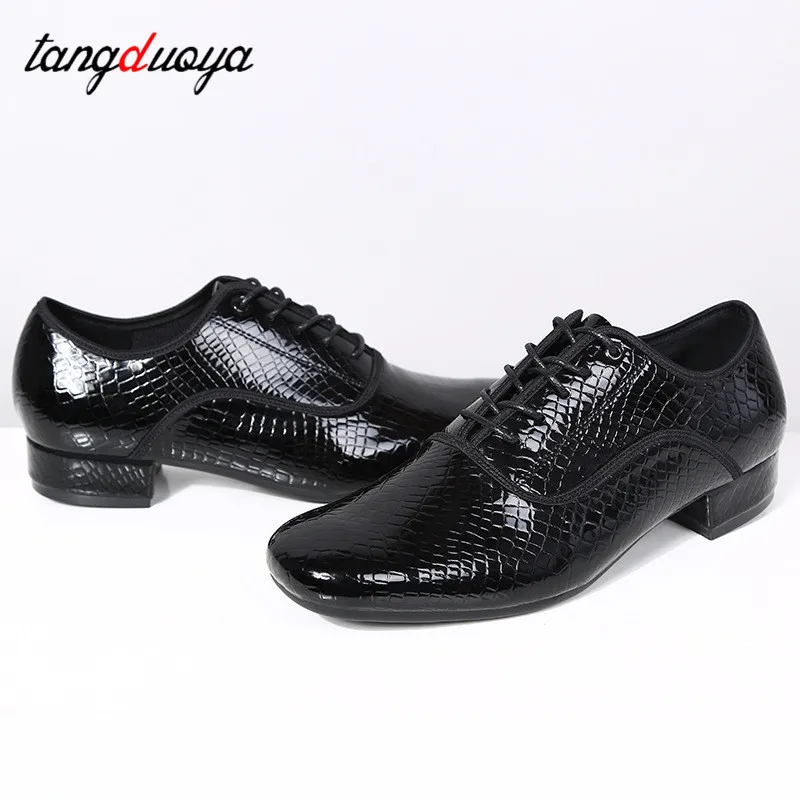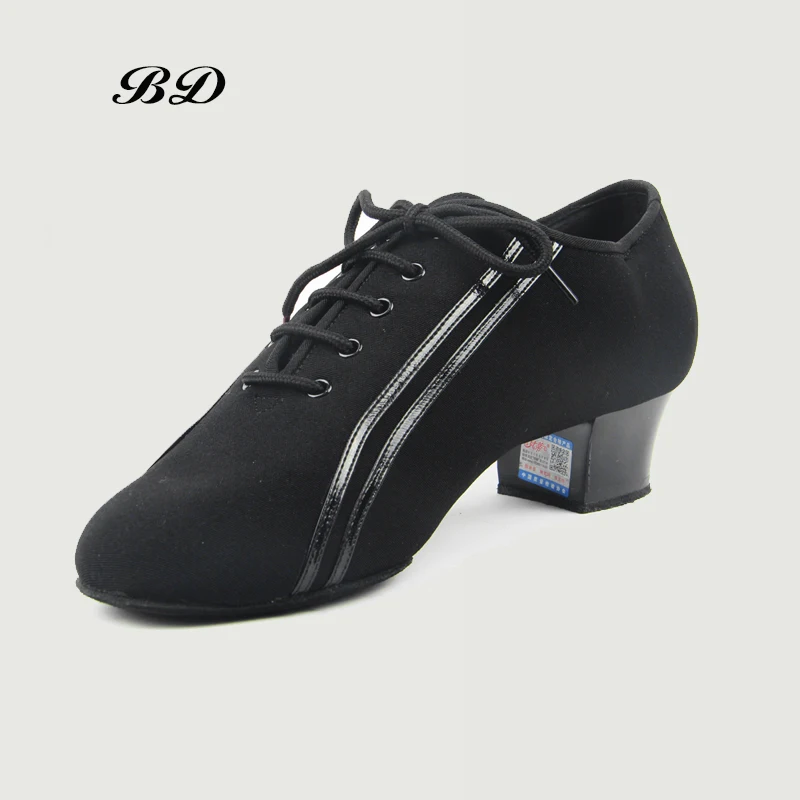Will it be a good idea to make a career move to FPGA firmware from ASIC digital design already working for almost 3 years?
Working in the field of ASIC digital design for almost three years can provide a solid foundation for a career transition to FPGA firmware. However, it's essential to consider several factors before making this move.
Key Considerations:
- Skill Transferability: FPGA firmware development requires proficiency in both hardware and software design. While your expertise in ASIC digital design can serve as a starting point, you will need to develop additional skills in software programming and FPGA architecture.
- Industry Demand: FPGA firmware engineers are in high demand in various industries, including telecommunications, aerospace, and defense. Exploring job opportunities and market trends can help you assess the potential career growth and stability in this field.
- Compensation and Benefits: Comparing the compensation packages, benefits, and career advancement opportunities in both fields can help you make an informed decision. Consider the long-term earning potential and career growth trajectory.
- Company Culture and Values: Research the company culture and values of potential employers. A supportive and growth-oriented environment can foster your professional development and career advancement.
- Personal Interests and Goals: Ultimately, it's important to align your career move with your personal interests and long-term goals. Consider whether FPGA firmware development aligns with your aspirations and provides opportunities for personal growth and fulfillment.
Related Questions and Answers:
- What additional skills do I need to develop for FPGA firmware development? Software programming (e.g., C, VHDL), FPGA architecture, and embedded systems concepts.
- Is there a significant difference in compensation between ASIC digital design and FPGA firmware engineering? Compensation can vary based on experience, industry, and location, but there may be potential for higher earning opportunities in FPGA firmware.
- How can I assess the industry demand for FPGA firmware engineers? Explore job boards, industry reports, and network with professionals in the field.
- What is the difference between ASIC and FPGA firmware development? ASICs are custom-designed chips, while FPGAs are programmable chips that allow for flexible hardware design. Firmware development for FPGAs involves programming the FPGA to perform specific functions.
- Can my experience in ASIC digital design give me a competitive advantage in FPGA firmware engineering? Yes, your understanding of digital design principles and hardware architecture can provide a strong foundation for FPGA firmware development.
Related Hot-Selling Products:
- Xilinx FPGA Development Kit
- Altera Cyclone V FPGA Development Board
- Intel FPGA Design Suite
- Mentor Graphics Questa FPGA Simulator
- Cadence Allegro PCB Design Suite
Pre:What are the best wrestling shoes
Next:Can you wear running shoes for cycling



















